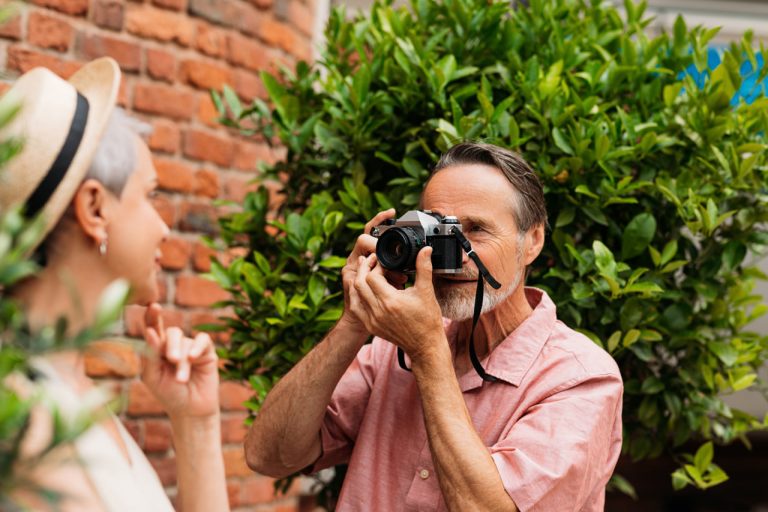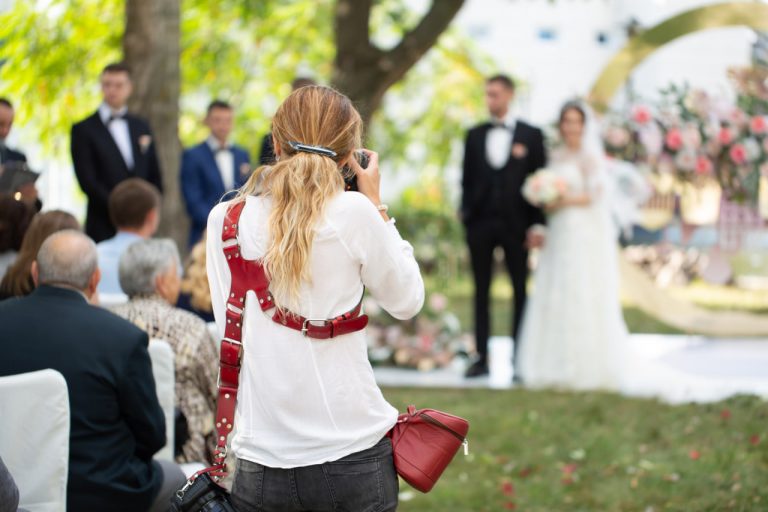Wedding photography is more than documenting a ceremony—it is about capturing the essence of love, the emotions of the day, and the story that unfolds between two people. Every wedding is unique, and the responsibility of the photographer is to transform fleeting moments into timeless visual memories. The art of wedding photography lies not only in technical skill but in the ability to anticipate emotions and tell a complete story through the lens.
Understanding the Narrative
Every wedding has a natural flow, from quiet anticipation in the morning to joyful celebrations late into the night. A skilled wedding photographer must recognize this rhythm and capture key moments that define the day. The narrative does not begin at the altar—it starts with preparation, small interactions, and the buildup of excitement. By approaching each wedding as a story rather than a sequence of shots, photographers create albums that feel complete and deeply meaningful.
Capturing Emotion
Emotion is at the heart of wedding photography. A tear during the vows, a laugh during a toast, or the subtle glances exchanged between a couple can be more powerful than posed portraits. To capture these genuine moments, photographers need to observe carefully, remain discreet, and develop the ability to anticipate reactions. Emotional images resonate with couples because they reflect the authenticity of the experience.
The Role of Composition
Composition plays a crucial role in storytelling. Framing, perspective, and balance guide the viewer’s attention to the emotion or detail that matters most. Leading lines can draw the eye to the couple, while including family members or friends in the background adds depth to the narrative. Wedding photographers must constantly adapt their framing to the changing environment, from wide venue shots to intimate close-ups that highlight personal connections.
Light as a Storytelling Tool
Light transforms the mood of wedding photographs. Soft morning light can evoke calmness, golden hour creates warmth and romance, and evening light on the dance floor adds energy and vibrancy. Understanding how to use natural light, artificial sources, and reflections allows photographers to craft images that carry emotional weight. Light is not just a technical factor—it is one of the most powerful storytelling tools in photography.
Blending Candid and Posed Shots
A complete wedding story is built on a balance between candid and posed images. Candid shots reveal authenticity and capture fleeting expressions, while posed portraits highlight elegance and provide the couple with timeless images to treasure. Blending both approaches ensures that the final collection feels genuine while maintaining artistic quality. Photographers must know when to step back and observe, and when to step in and guide.
Details That Enrich the Story
Weddings are filled with meaningful details: the rings, the bouquet, the table settings, and the decorations chosen to reflect the couple’s style. Including these elements in the visual story enhances the narrative by giving context and preserving the couple’s personal touches. While people are at the center of the story, these details add richness and help anchor memories of the day.
Building Trust with Couples
The art of storytelling in wedding photography begins long before the wedding day. Building trust with couples ensures they feel comfortable, relaxed, and confident in front of the camera. When couples trust their photographer, their emotions flow more freely, allowing for more authentic moments to be captured. Open communication and understanding of their vision help align the photography with the couple’s story.
Post-Processing as Part of the Story
Editing is not just about technical corrections; it is about enhancing the emotional tone of images. Adjusting color balance, contrast, and exposure can bring out warmth, romance, or drama depending on the scene. Consistent editing style ensures the album feels cohesive and reinforces the story the photographer is telling. Post-processing is the final step in turning captured moments into timeless art.




